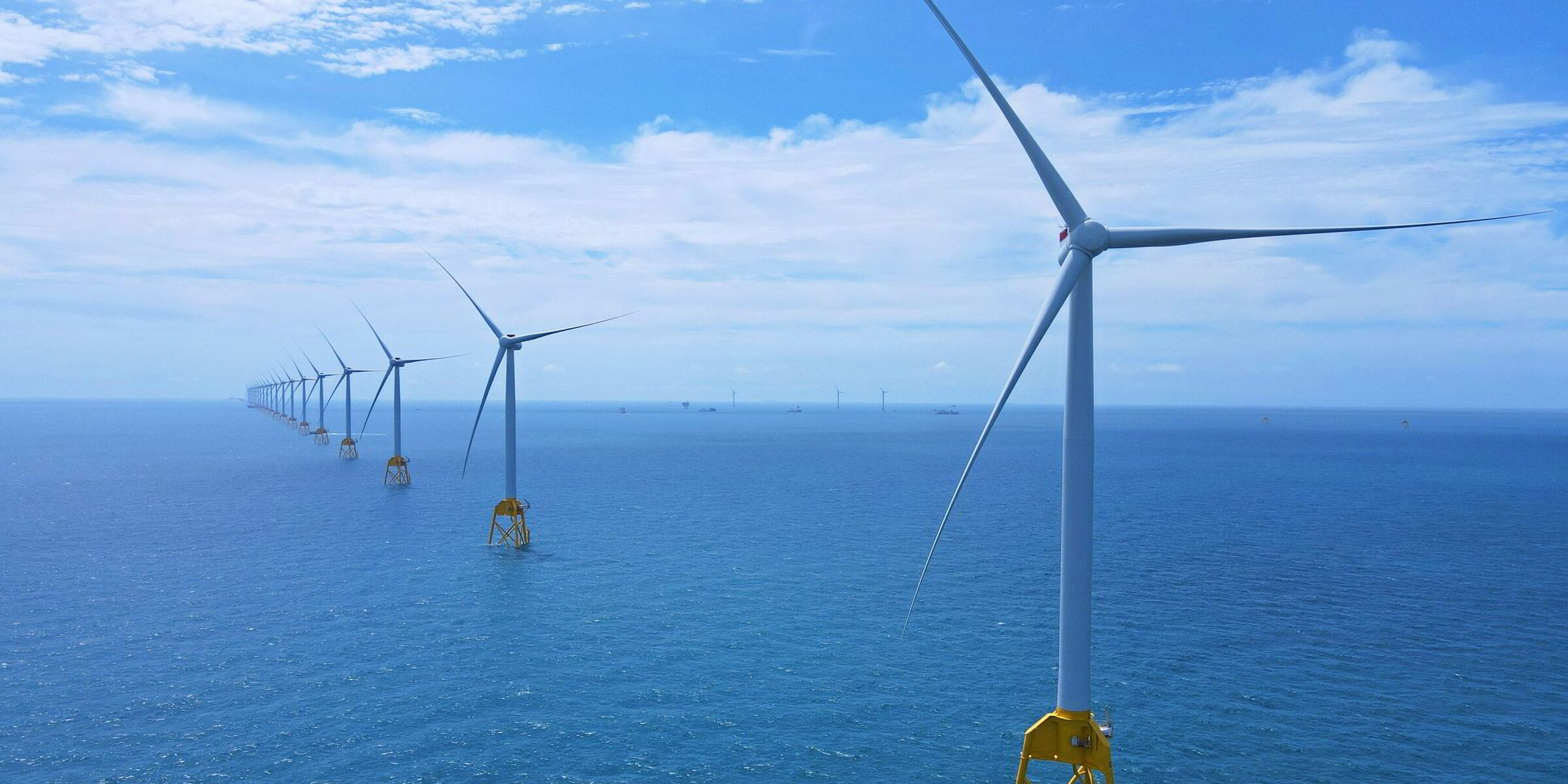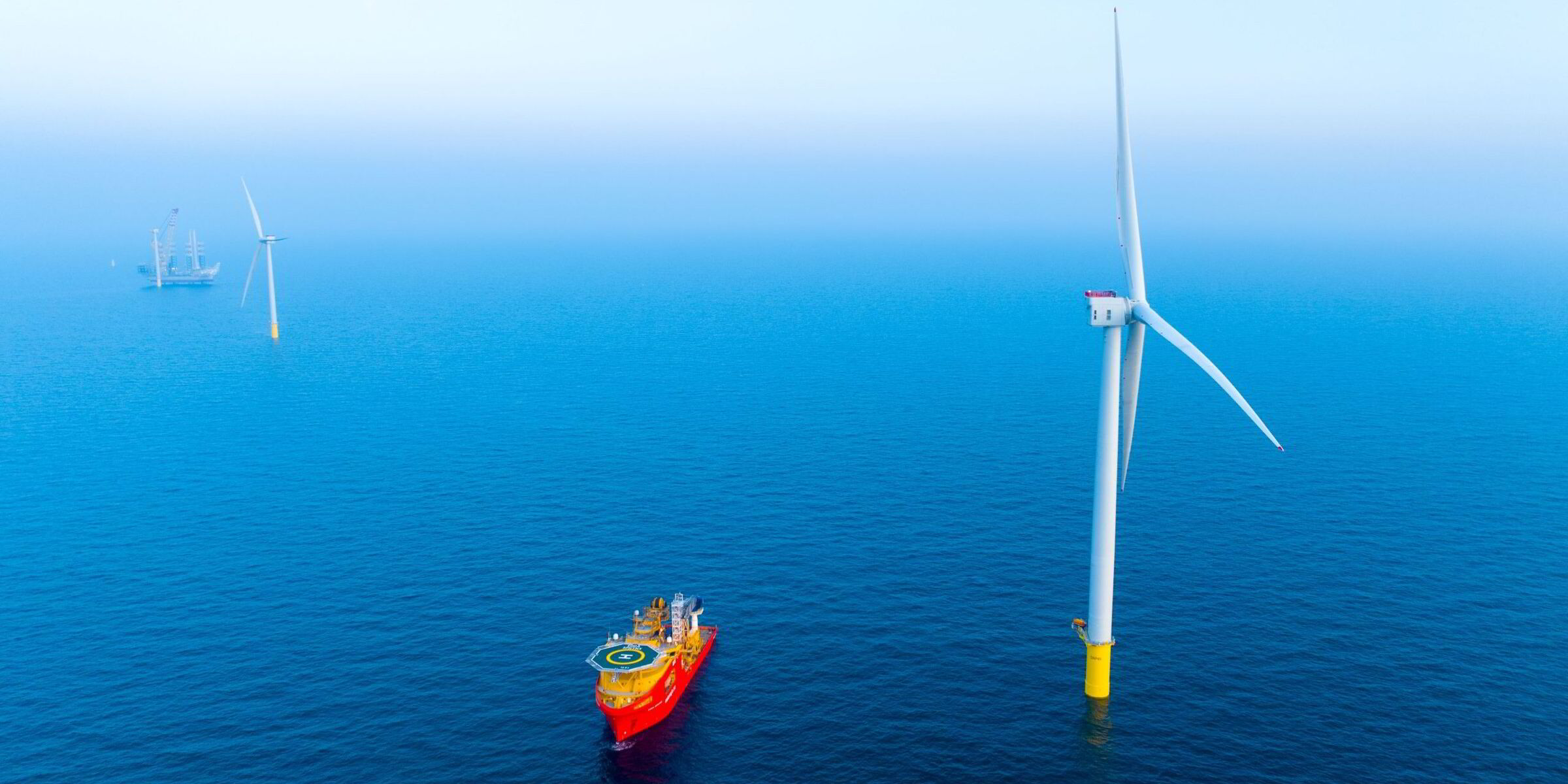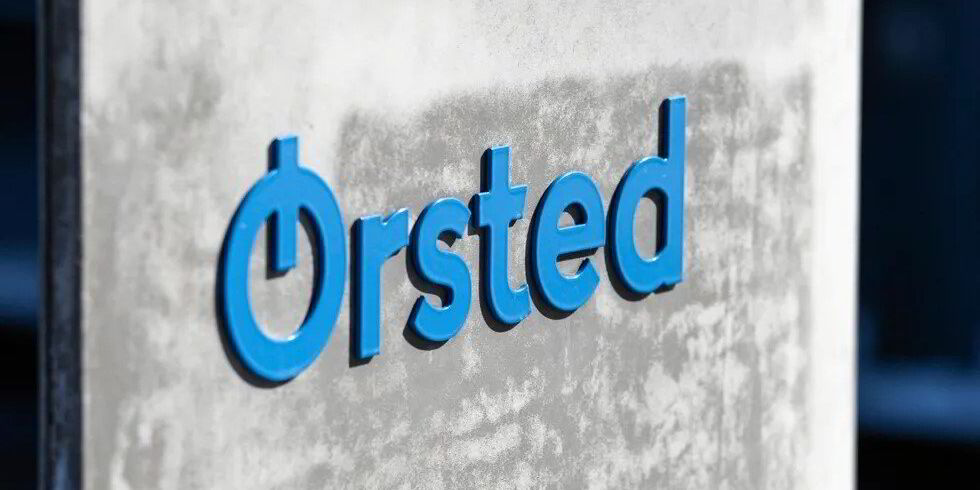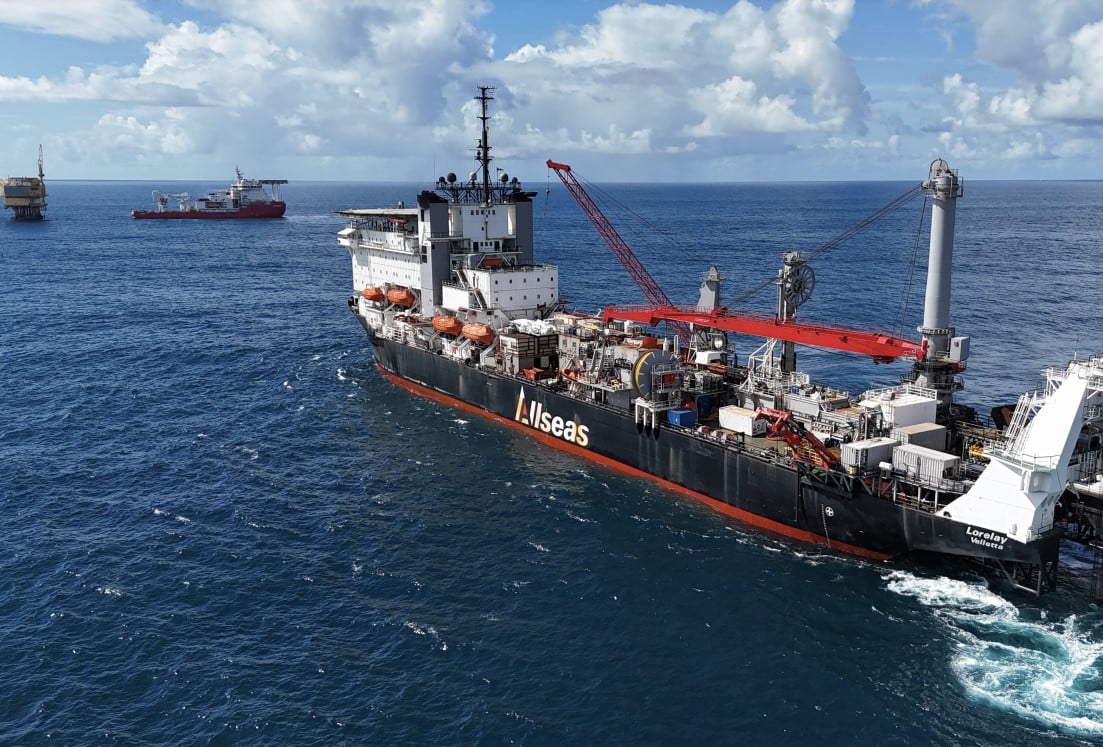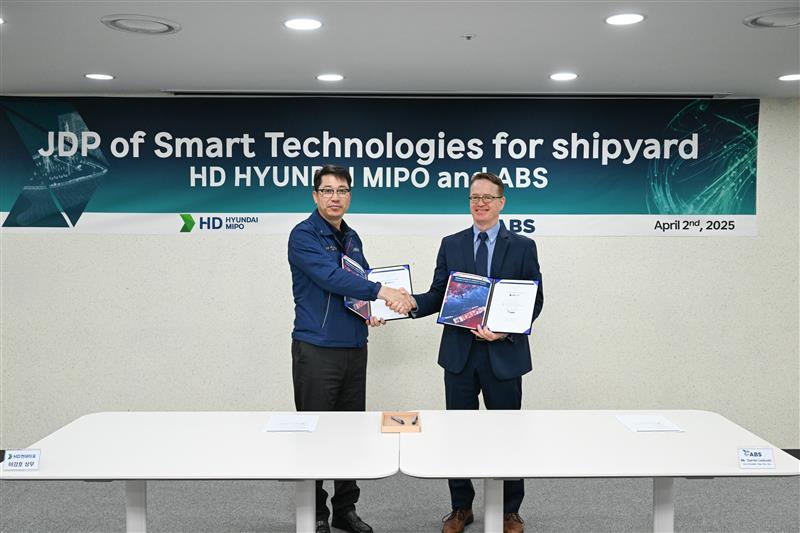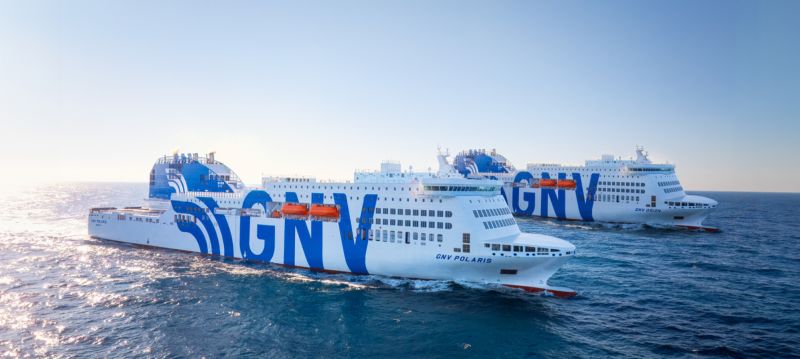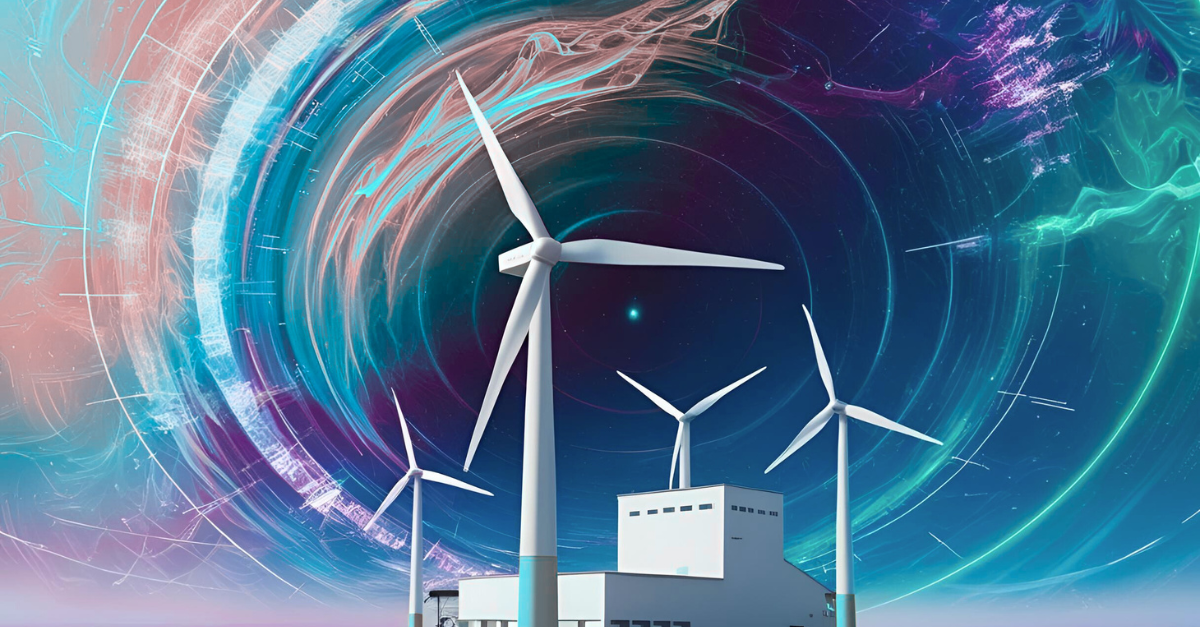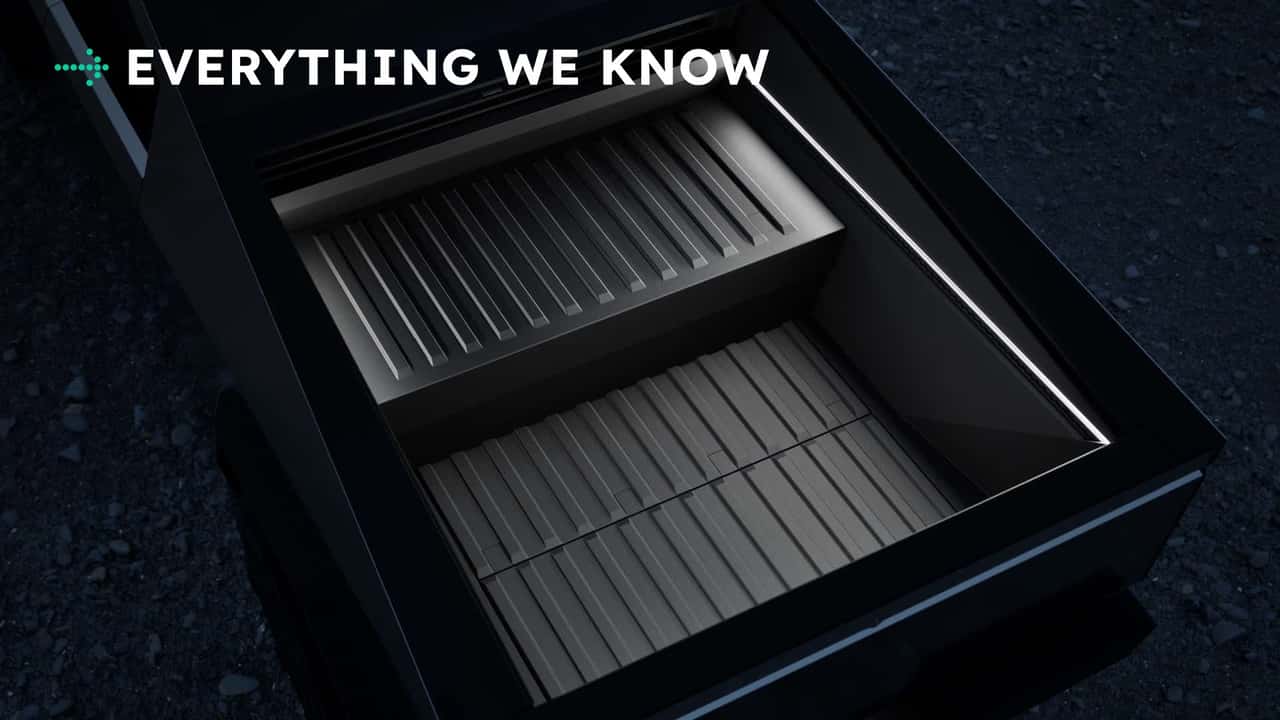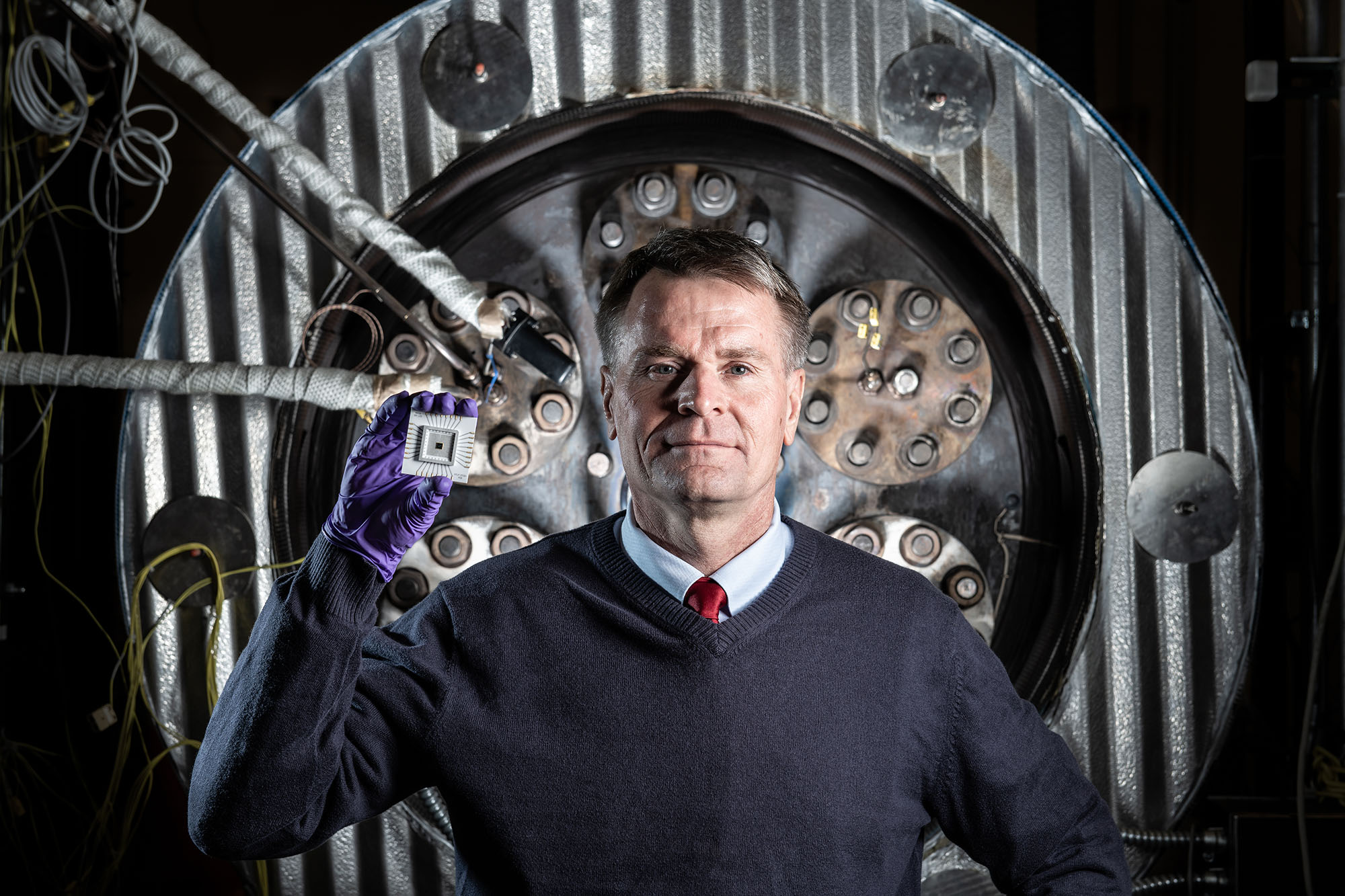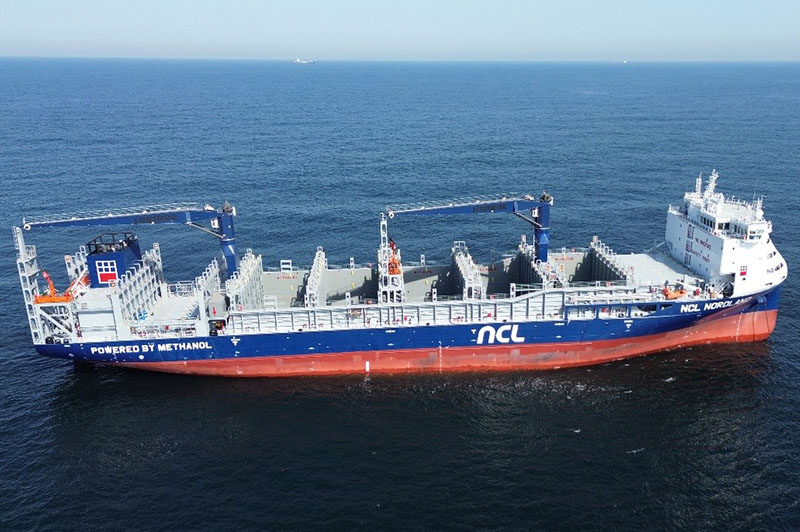New SPAES Membrane Boosts Hydrogen Storage Efficiency in LOHC Systems
South Korean researchers have just made a big leap forward in the race for smarter hydrogen storage. Scientists from the…
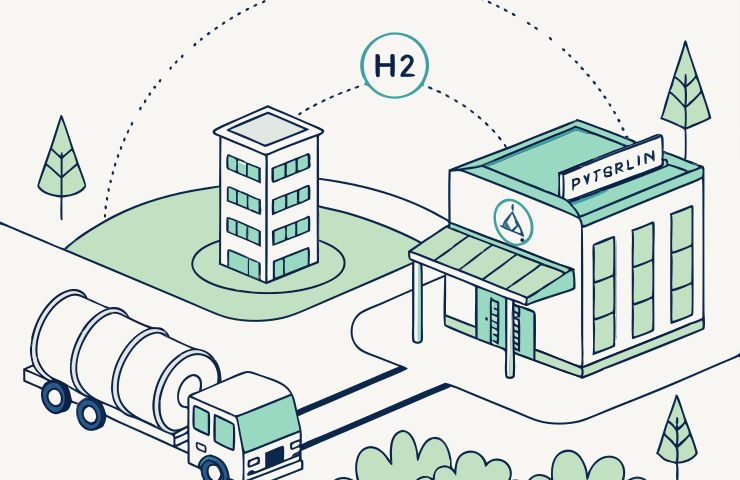

South Korean researchers have just made a big leap forward in the race for smarter hydrogen storage. Scientists from the Korea Research Institute of Chemical Technology (KRICT) and Yonsei University have developed a new kind of membrane that massively cuts down on toluene crossover—one of the biggest bottlenecks in LOHC technology—while making hydrogen systems more efficient. This could be a game-changer for long-haul hydrogen transport and fuel cell technology, especially in vehicles.
Big Numbers: 60% Drop in Toluene Crossover
This new membrane, built using a hydrocarbon-based material called SPAES, goes a long way in solving a major issue in LOHC systems: toluene crossover. In plain terms, less toluene leaking across the membrane means longer-lasting and more efficient systems. Lab results showed:
- 60% less toluene crossover compared to conventional membranes
- Faradaic efficiency bumped up to 72.8%
- Range projections for vehicles using the tech exceed 500 km per fill
The team has its eyes set on commercial rollout by 2030, matching up with South Korea’s national hydrogen strategy.
How the Tech Works: Tiny Channels, Big Results
The core of this breakthrough lies in a high-performance polymer called sulfonated poly(arylene ether sulfone), or SPAES for short. It’s been engineered with hyper-narrow water-friendly pathways—just 2.1 nanometers wide. These teeny-tiny gaps make it a tight squeeze for toluene molecules, essentially shutting down their crossover, while still letting protons through, which is essential for moving hydrogen fuel smoothly.
Compared to existing solutions like Nafion, which have been the go-to for years, SPAES offers a fresh take—tackling hydrocarbon leakage head-on while ditching the expensive fluorinated materials used in older designs.
Why It’s a Big Deal: Bringing LOHC to the Real World
LOHCs (liquid organic hydrogen carriers), like those using toluene, are catching serious attention as a practical option for clean, long-distance hydrogen transport. Unlike high-pressure tanks or super-cold liquid hydrogen, LOHC systems work at room temperature and use infrastructure we already have.
If this membrane lives up to its lab performance at scale, it could help cut hydrogen storage costs while making the whole setup easier to roll out:
- 32% lower cost compared to cryogenic hydrogen systems
- Faster refueling and longer range for hydrogen-powered vehicles
- Cleaner ammonia production by improving hydrogen delivery
Korea’s Game Plan: Innovation with Infrastructure
This isn’t happening in a vacuum—South Korea’s already putting serious weight behind its green hydrogen vision. The country wants to hit 6.2 million hydrogen vehicles on the road by 2040, and it’s investing over $380 million in LOHC infrastructure by 2026. The KRICT-Yonsei work is right at the center of that momentum.
The research hub of Daejeon, where KRICT is located, is sometimes called Korea’s answer to Silicon Valley. It’s no small player—it’s home to around 25 national labs and one-fifth of the country’s researchers. KRICT itself holds 14 patents for advanced hydrogen membrane technologies.
Global Race: Germany and Japan Want In, Too
South Korea isn’t the only player pushing LOHC technology forward. Firms like Hydrogenious in Germany and Chiyoda Corporation in Japan are developing their own systems. Still, according to early performance data, Korea’s SPAES membrane is shaping up to be one of the strongest contenders out there.
Next Steps: Scale-Up and Real-World Testing
This research, officially published in May 2025, is teeing things up for larger-scale testing and pilot programs in transport and power applications. If it can successfully bridge the lab-to-life gap, it might redefine how hydrogen is moved around the world.
One energy systems analyst put it like this: “This could be the puzzle piece we’ve been missing to build out a global hydrogen infrastructure—using safe, liquid fuels without the carbon baggage. SPAES might just be the membrane that makes it real.”
The second half of 2025 will be a critical watch period. From tech demonstrations to potential international partnerships, this innovation out of Korea might soon hit the global stage—and fast.
What's Your Reaction?







